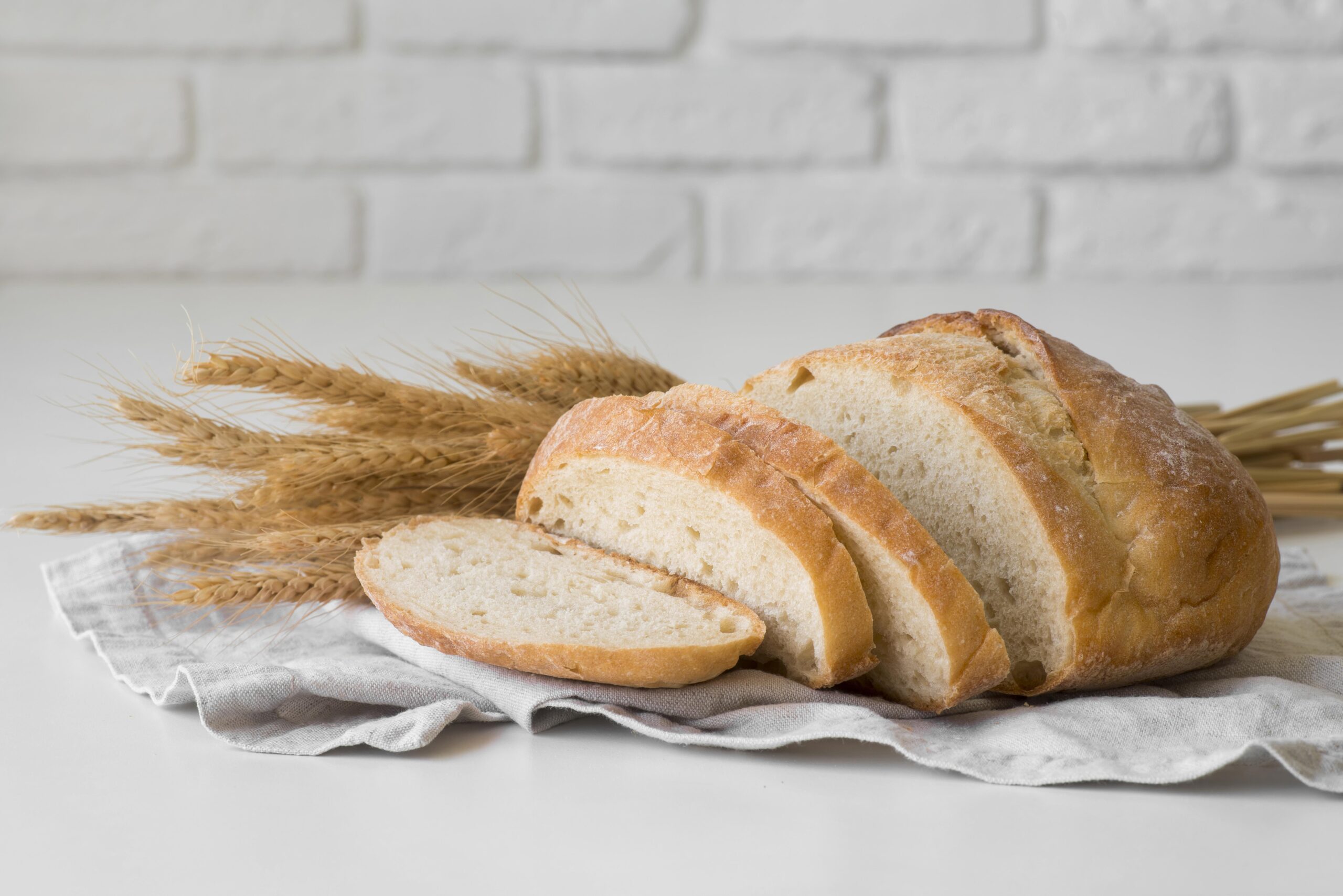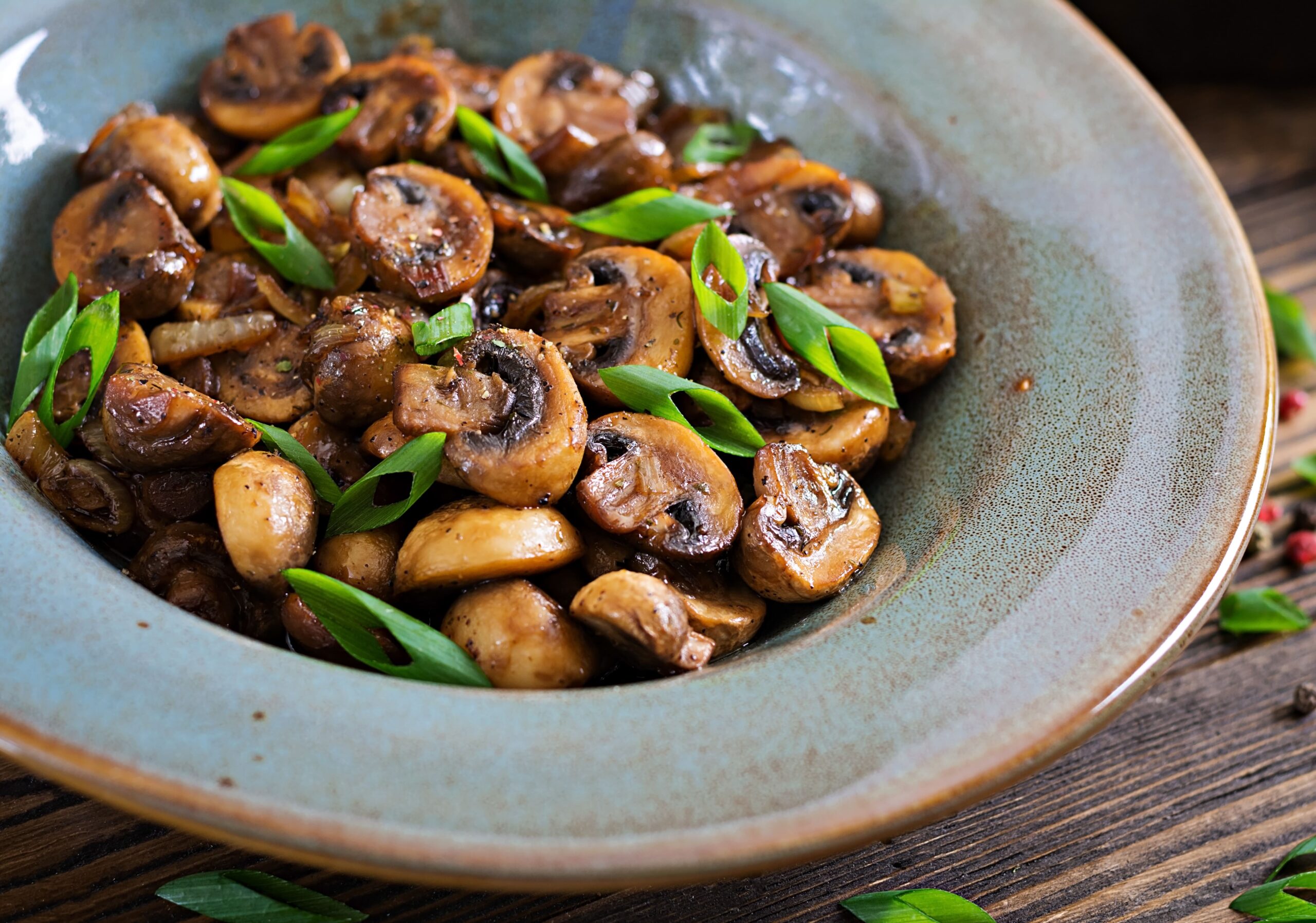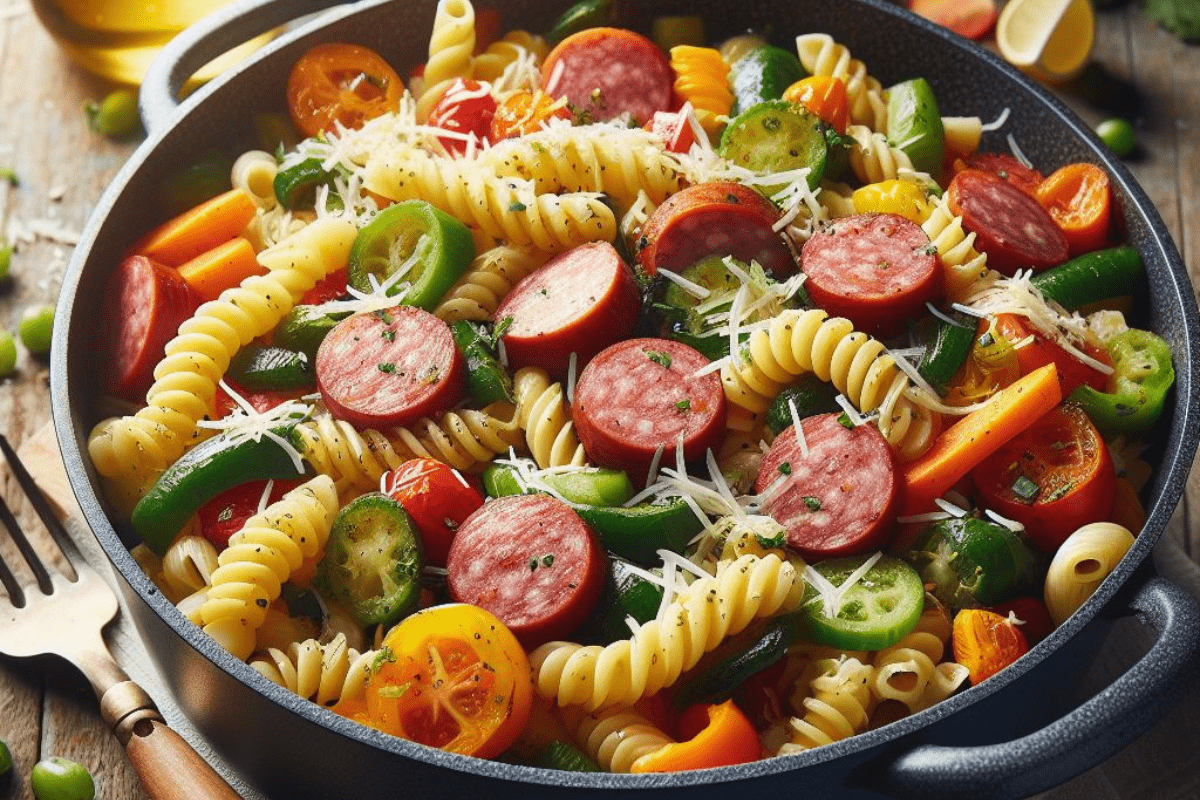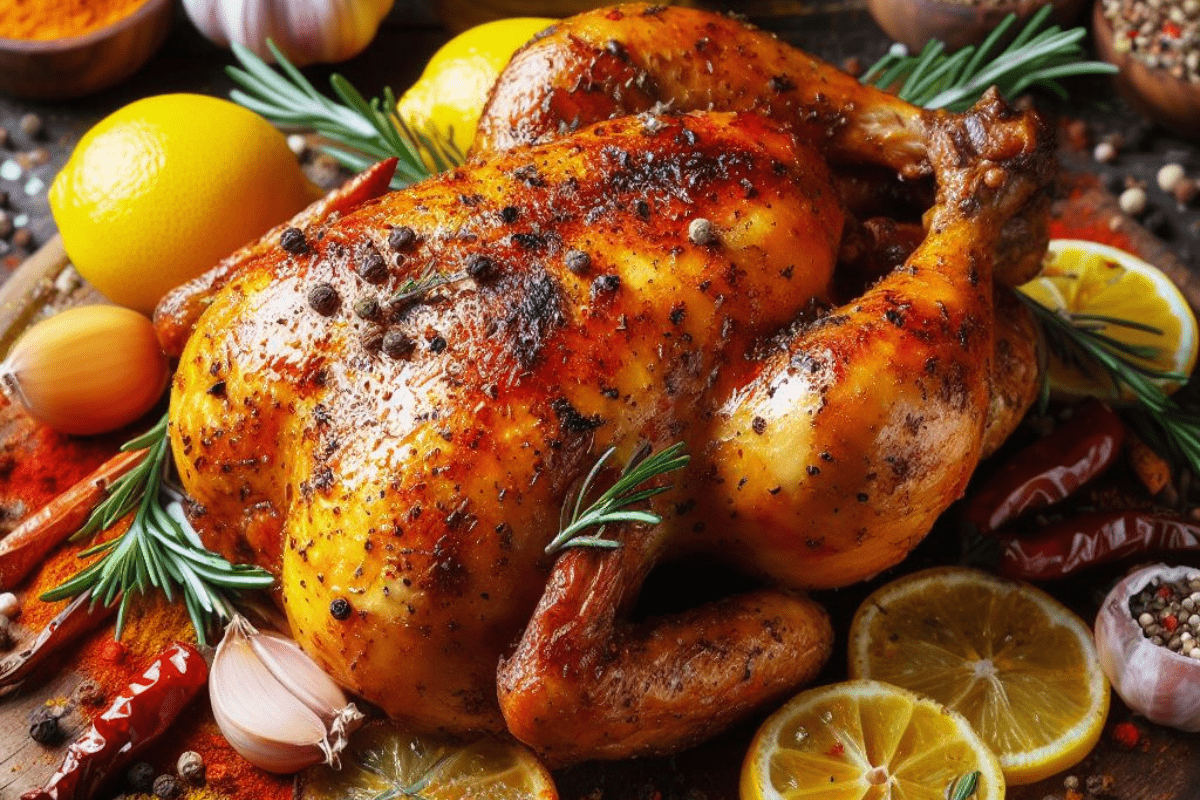Are Your Homemade Bread tired of store-bought bread that lacks the warmth and aroma of homemade goodness? Why not roll up your sleeves, dust off your apron, and embark on a journey to make your own delicious homemade bread? Baking bread at home is not only a satisfying culinary endeavor but also a rewarding experience that fills your kitchen with irresistible aromas. In this comprehensive guide, we’ll walk you through the process of making homemade bread from scratch, ensuring that each slice is infused with love and warmth.
Introduction to Homemade Bread
Homemade bread is a culinary delight cherished by many for its freshness, flavor, and wholesome goodness. Unlike commercial bread, which often contains additives and preservatives, homemade bread offers a pure and authentic taste that simply can’t be replicated. Whether you’re a seasoned baker or a novice in the kitchen, learning how to make homemade bread is a rewarding journey that promises to delight your taste buds and nourish your soul.
Ingredients Needed
Before we delve into the art of bread making, let’s gather the essential ingredients:
- Flour: The foundation of any good bread, flour provides structure and texture.
- Yeast: Responsible for leavening the dough and creating those coveted air pockets.
- Water: Hydrates the dough and activates the yeast.
- Salt: Enhances the flavor and controls yeast fermentation.
- Optional Ingredients: Get creative with herbs, seeds, and other flavorings to customize your bread.
Equipment Required
To embark on your bread-making journey, you’ll need a few key tools:
- Mixing Bowl: For combining ingredients and kneading dough.
- Measuring Cups and Spoons: Ensures accuracy in ingredient proportions.
- Dough Scraper: Handy for shaping and handling sticky dough.
- Baking Pan or Dutch Oven: Provides the vessel for baking your bread to golden perfection.
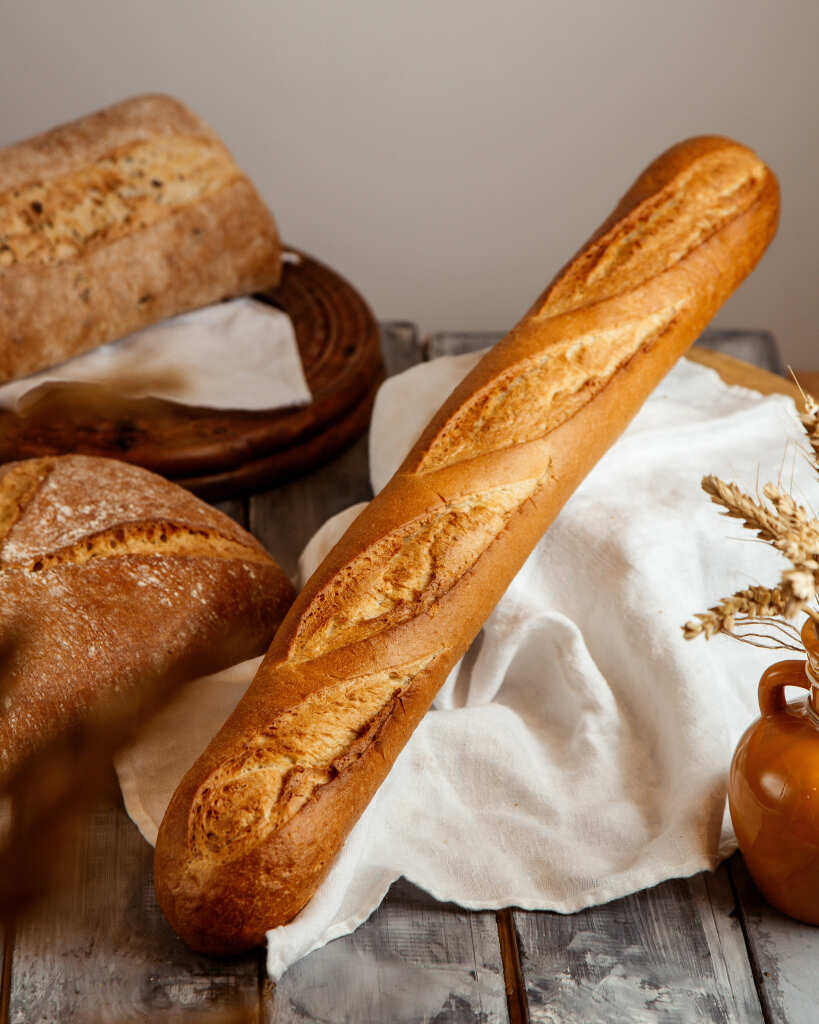
Step-by-Step Instructions
Now, let’s roll up our sleeves and dive into the bread-making process:
Mixing and Kneading the Dough
- Start by combining flour, yeast, water, and salt in a mixing bowl.
- Use your hands or a stand mixer to knead the dough until smooth and elastic.
- Allow the dough to rest and rise until doubled in size.
Proofing the Dough
- Gently deflate the risen dough and shape it into a loaf or desired shape.
- Place the shaped dough in a greased baking pan or Dutch oven.
- Cover the dough and let it proof until it reaches the desired size.
Shaping the Dough
- Preheat your oven to the specified temperature.
- Score the top of the dough with a sharp knife or razor blade to allow for expansion.
- Bake the bread until golden brown and hollow-sounding when tapped on the bottom.
Baking the Bread
- Remove the bread from the oven and let it cool on a wire rack.
- Resist the temptation to slice into the bread immediately; allow it to cool completely for best results.
- Once cooled, slice, and enjoy your freshly baked homemade bread.
Tips for Success
To ensure your homemade bread turns out perfectly every time, consider these tips:
- Choose high-quality flour for optimal results.
- Don’t rush the kneading process; thorough kneading is key to developing gluten.
- Pay attention to temperature and humidity, as they can affect dough consistency and rise.
Variations and Additions
Baking bread is an art form with endless possibilities for creativity. Here are a few variations to consider:
- Whole Wheat Bread: Incorporate whole wheat flour for added nutrition and a nutty flavor.
- Sourdough Bread: Embrace the tangy goodness of naturally fermented sourdough starter.
- Cinnamon Raisin Bread: Add sweetness and spice with cinnamon and plump raisins.
- Cheese and Herb Bread: Infuse your bread with savory herbs and gooey cheese for a flavor-packed treat.
Troubleshooting Common Issues
Encountering challenges along the way? Here are some solutions to common bread-making woes:
- Dense Bread: Ensure proper proofing and kneading techniques to achieve a light and airy texture.
- Bread Not Rising: Check the freshness of your yeast and ensure proper hydration and temperature.
- Burnt Crust: Monitor your bread closely during baking and consider tenting with foil if it’s browning too quickly.
Storing and Preserving Homemade Bread
To prolong the freshness of your homemade bread, follow these storage tips:
- Use airtight containers or resealable bags to prevent moisture loss.
- Freeze leftover bread for long-term storage, ensuring it’s properly wrapped to prevent freezer burn.
- When ready to enjoy, thaw frozen bread at room temperature or reheat slices in the oven for a crispy crust.
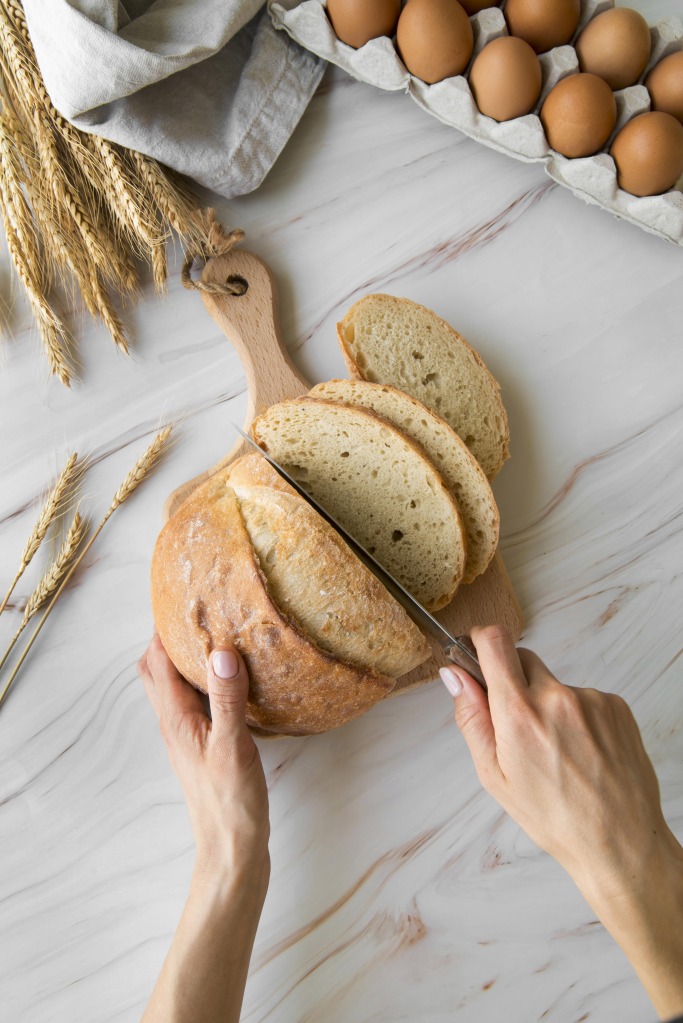
Benefits of Homemade Bread
Why bother with homemade bread when you can easily pick up a loaf at the store? Here are a few compelling reasons:
- Homemade bread is healthier, as you control the ingredients and avoid preservatives.
- It’s cost-effective, saving you money in the long run.
- Homemade bread allows for endless customization, from flavorings to shapes and sizes.
Sharing Your Homemade Bread
Spread the joy of homemade bread with friends, family, and neighbors:
- Consider gifting freshly baked loaves as thoughtful presents for special occasions.
- Participate in community sharing events or organize a bread-making party to bond with fellow bread enthusiasts.
Conclusion
In conclusion, learning how to make homemade bread is a gratifying pursuit that rewards both the senses and the soul. By following the steps outlined in this guide, you’ll be well on your way to baking delicious loaves of bread that rival those of professional bakeries. So roll up your sleeves, preheat your oven, and let the aroma of freshly baked bread fill your home with warmth and comfort.
FAQs
How long does it take to make homemade bread?
The time varies depending on the recipe, but most homemade bread recipes require a few hours from start to finish.
Can I use a bread machine for homemade bread?
Yes, a bread machine can simplify the bread-making process, but traditional methods can yield equally delicious results.
Can I make gluten-free bread at home?
Yes, there are plenty of gluten-free bread recipes available using alternative flours such as almond flour or rice flour.
How do I know when the bread is fully baked?
Tap the bottom of the bread; it should sound hollow, indicating that it’s done. Additionally, a golden brown crust is a good indicator of doneness.
Can I substitute active dry yeast for instant yeast?
Yes, you can substitute active dry yeast for instant yeast, but you may need to adjust the rising time accordingly.
